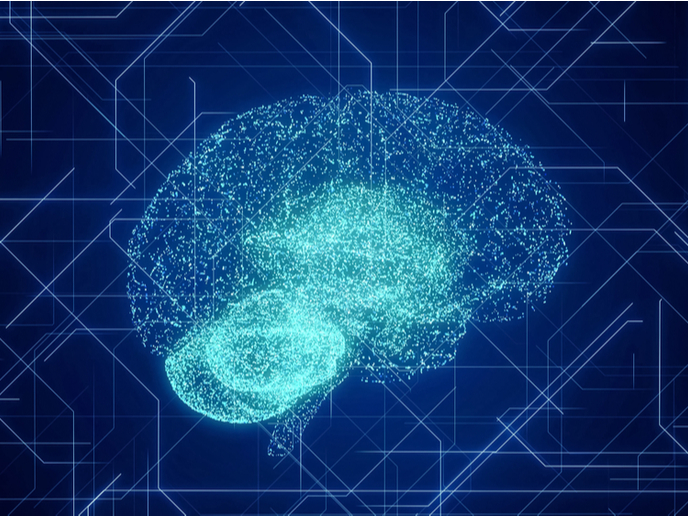Can biological evolution help computers learn like we do?
How do humans learn? As we go about our everyday lives, we gain new knowledge or skills, perfect skills we already have and form new memories based on our experiences. According to scientists, this amazing ability to adapt is possible thanks to our brain’s synaptic plasticity that enables the connections between neurons, or synapses, to change. This is a key difference between us and today’s computers that are only capable of carrying out pre-programmed actions. A team of researchers supported by the EU-funded Human Brain Project (HBP, HBP SGA1, HBP SGA2 and HBP SGA3) and ICEI projects have now tackled the problem of machine learning through a new approach based on so-called evolutionary algorithms. The newly developed approach is known as the evolving-to-learn (E2L) approach. Using this approach, “computer programs search for solutions to problems by mimicking the process of biological evolution, such as the concept of survival of the fittest,” according to the study published in the journal ‘eLife’. In these evolutionary algorithms, a solution’s “fitness” is determined by how well it solves the problem.
Tackling three learning scenarios
The researchers presented the evolutionary algorithms with three typical learning scenarios. In the first scenario, the computer had to identify a repeating pattern in a continuous stream of input without receiving any feedback on its performance. The second scenario involved reinforcement learning, in which the computer was given virtual rewards whenever it behaved in the desired manner. Last, in the third scenario – called supervised learning – the computer was told exactly how much its actions deviated from the desired behaviour. “In all these scenarios, the evolutionary algorithms were able to discover mechanisms of synaptic plasticity, and thereby successfully solved a new task,” notes the study’s co-first author Dr Jakob Jordan of project partner University of Bern in a ‘EurekAlert!’ news release. Solving the tasks required a great deal of creativity. “For example, the algorithm found a new plasticity model in which signals we defined are combined to form a new signal. In fact, we observe that networks using this new signal learn faster than with previously known rules,” observes co-first author Dr Maximilian Schmidt from the RIKEN Center for Brain Science, Japan, in the same news release. Using evolutionary algorithms to study how computers learn will give scientists valuable insight into how brains function and could lay the groundwork for the development of computers that can better adapt to user needs. “We see E2L as a promising approach to gain deep insights into biological learning principles and accelerate progress towards powerful artificial learning machines,” states senior author Dr Mihai Petrovici. Dr Jordan concludes: “We hope it will accelerate the research on synaptic plasticity in the nervous system.” The aim of the HBP (The Human Brain Project) and its three subsequent phases – HBP SGA1 (Human Brain Project Specific Grant Agreement 1), HBP SGA2 (Human Brain Project Specific Grant Agreement 2) and HBP SGA3 (Human Brain Project Specific Grant Agreement 3) – is to help researchers advance their knowledge in neuroscience, computing and brain-related medicine. ICEI (Interactive Computing E-Infrastructure for the Human Brain Project) has brought together five of Europe’s biggest supercomputing centres to set up a system specially adapted for neuroscientific research. For more information, please see: The Human Brain Project website ICEI project website
Keywords
HBP, HBP SGA1, HBP SGA2, HBP SGA3, ICEI, Human Brain Project, brain, learning, evolutionary algorithm, synaptic plasticity, computer program



